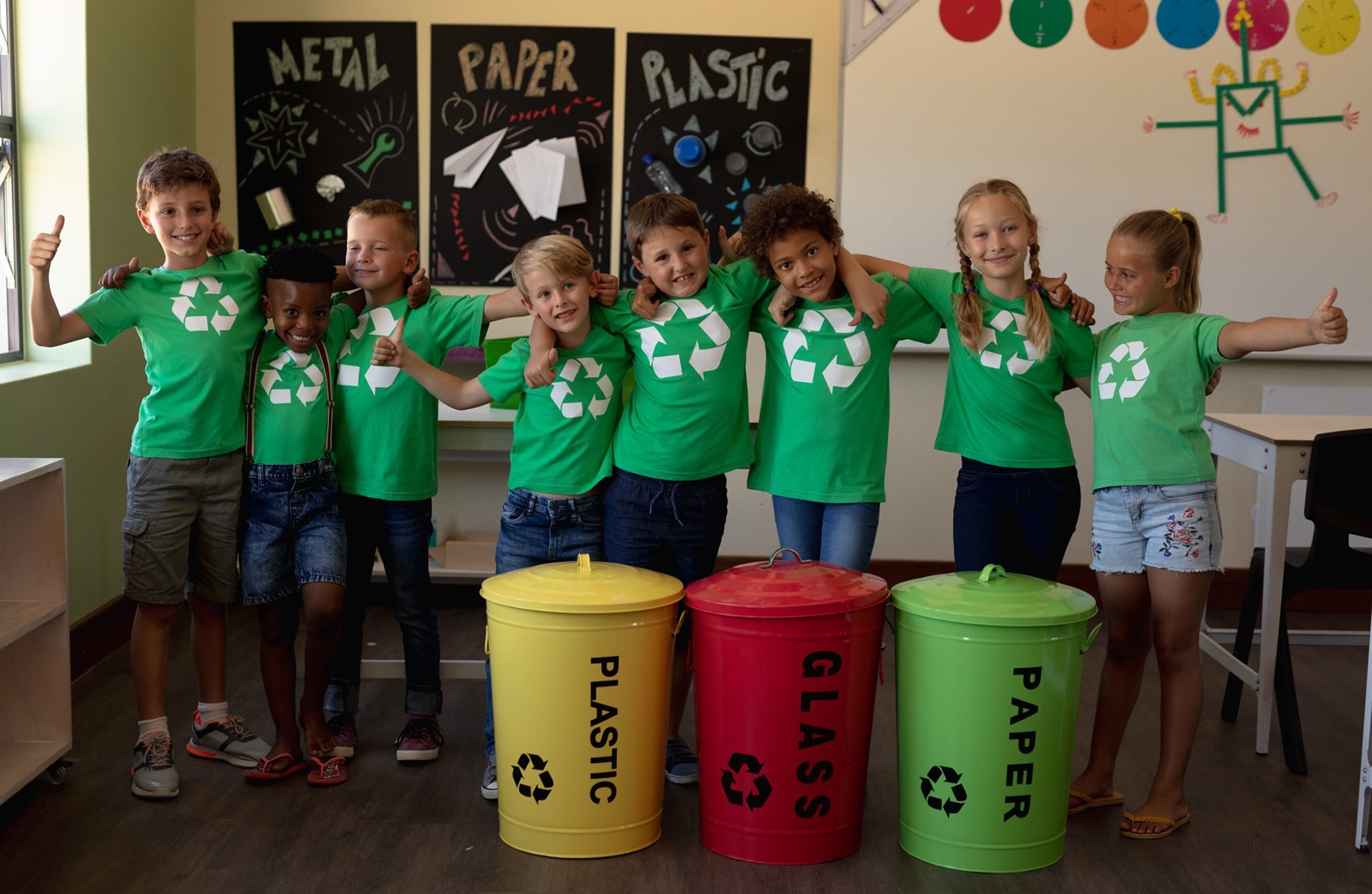Creative ideas and eco-friendly activities for teaching children about the importance of sustainability and caring for the environment.
As the only planet we have, our home, the Earth, deserves our best care. We should educate the next generation about sustainability and the importance of practising eco-consciousness by living a sustainable lifestyle. The future of the planet they live on depends on educating children about climate change, pollution, deforestation and other environmental issues. An environmentally literate child grows up to be a responsible steward who contributes to finding beneficial solutions for our planet.
Getting children interested in sustainability isn’t always easy. Here are six ideas for making sustainability fun for children.
1. Making the importance of sustainability fun
With a splash of creativity, children can find interest and enjoyment in activities like recycling. Being responsible for the environment doesn’t need to be boring. As children decorate the bins, encourage them to add stickers, paint with their favourite colours and design labels for them.
Taking pride in their participation will motivate them, and you can even reward them with a token of appreciation. You can also make it more fun by making it a friendly competition; the winner gets a prize.
When it’s time to take the trash to the recycling centre, you can turn this into a group activity where you go together if you’re on a field trip.
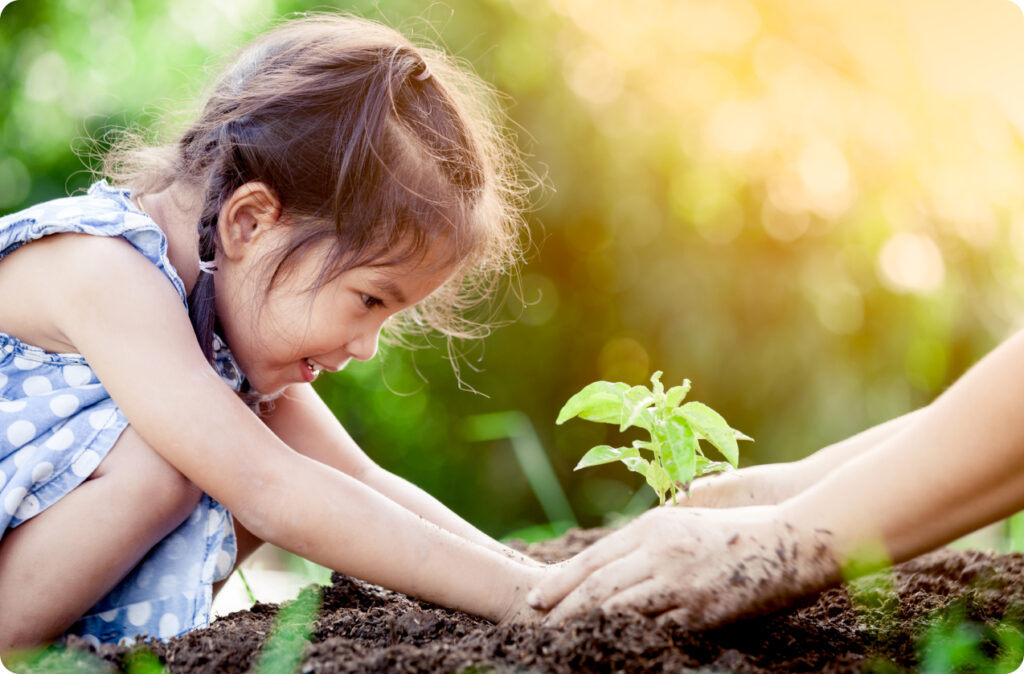
2. Build a special garden
Growing a small garden with children is proven to positively affect their physical, emotional and social development. Getting more sunshine and exercise as they move around improves their overall mood, health and immunity.
Having a small garden to tend to teaches children responsibility and stewardship, as well as cultivating a love of nature and appreciation for the environment. During harvesting season, you have the opportunity to show children how to incorporate your herbs or vegetables into their meals. This opens up the possibility of a better understanding of sustainability, respect for the environment and desire for Mother Earth.
The possibilities are endless when it comes to adding arts and crafts to their gardening experience. Let them paint the pots, write the labels, name sections in the garden and much more.
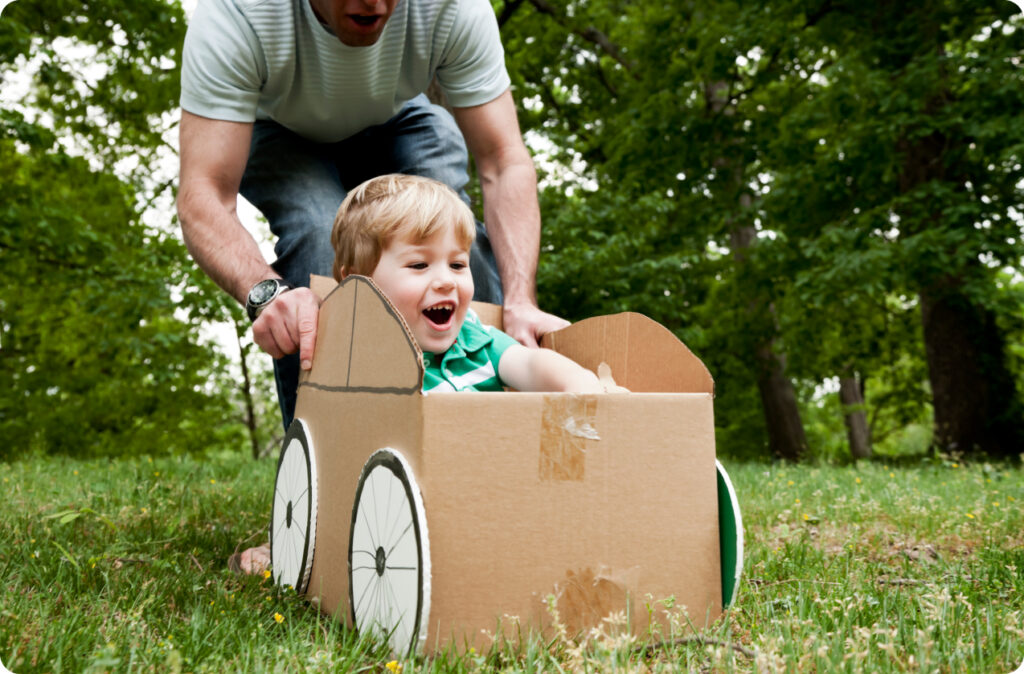
3. Use recycled materials for arts and crafts
Art activities are a hit among children. It helps them express themselves, discover their creativity and use their imagination. Arts and crafts time is an ideal time to teach children about the importance of sustainability. You can start off by reusing old items as materials, such as paint brushes, old crayons, used coloured paper, scratch paper, old plastic bottles or cardboard.
There are tons of fun possibilities waiting that don’t hurt Mother Earth. You can
- Use old corks to make stamps.
- Make a cardboard car or fort.
- Use a tissue roll to make a mini pencil holder.
- Use paper scraps to make a paper mache pot.
You can teach recycling and sustainability to children by reusing old materials.
4. Donate pre-loved toys and clothes
Educating children about donating clothes and toys they’ve outgrown not only teaches them how to care for others and share blessings but also how to conserve the environment. Children help the environment by reducing the amount of old clothes and toys sitting in landfills by giving them away. As a result of their efforts, waste is reduced, products are recirculated and used to their fullest potential, contributing to the circular economy.
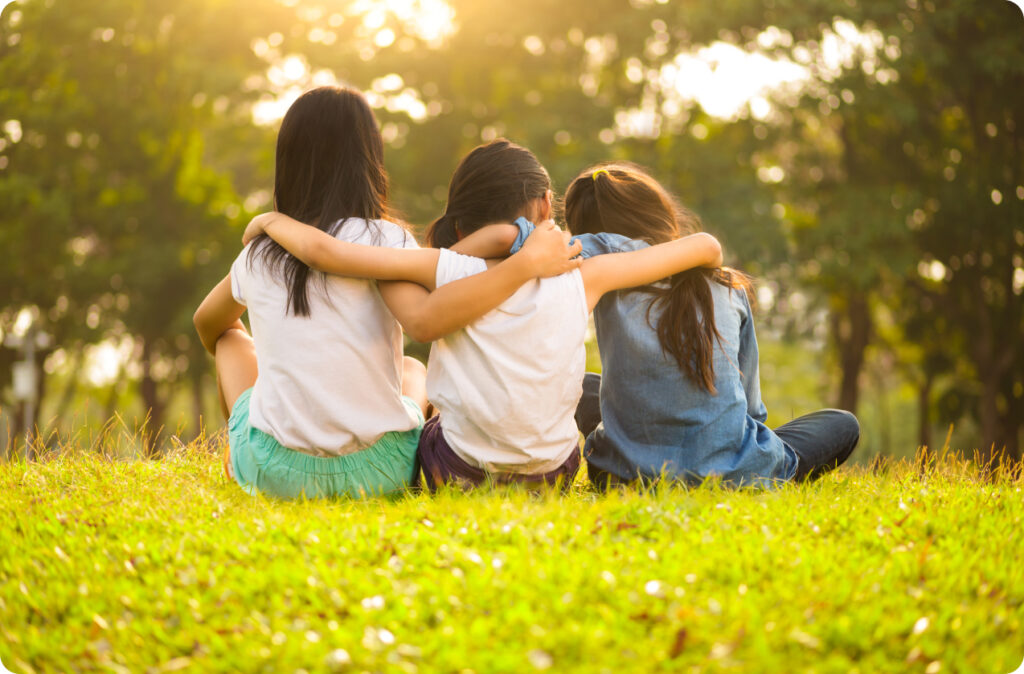
5. Watch educational shows about the importance of sustainability
There are plenty of educational shows and films about sustainability, climate change and the environment. Stream something on Disney, Netflix or YouTube that you can watch on a movie night or on a weekend with your family. Organise a fun watch party for children by preparing delicious and healthy snacks they can eat. After the screening, you can also hold a brainstorming session or quiz to encourage active participation.
6. Create a nature scrapbook or journal
Take photos, gather leaves or petals from the ground and save children’s drawings and scribbles from nature-related activities. If you want them to draw or write about something, you can give them prompts—list observations, draw flowers they’ve seen, record the weather, etc. You can even take them out to parks, nature reserves, rivers, the woods or even your backyard garden for more inspiration and connection to the natural world.
Be sure to document the sustainability activities you engage children in with a teacher app, like Playground, to add them to learning stories and encourage parents to work with their children on emphasising the importance of being eco-friendly.
Sources: Nature’s Path, Terra Movement
You might also be interested in…
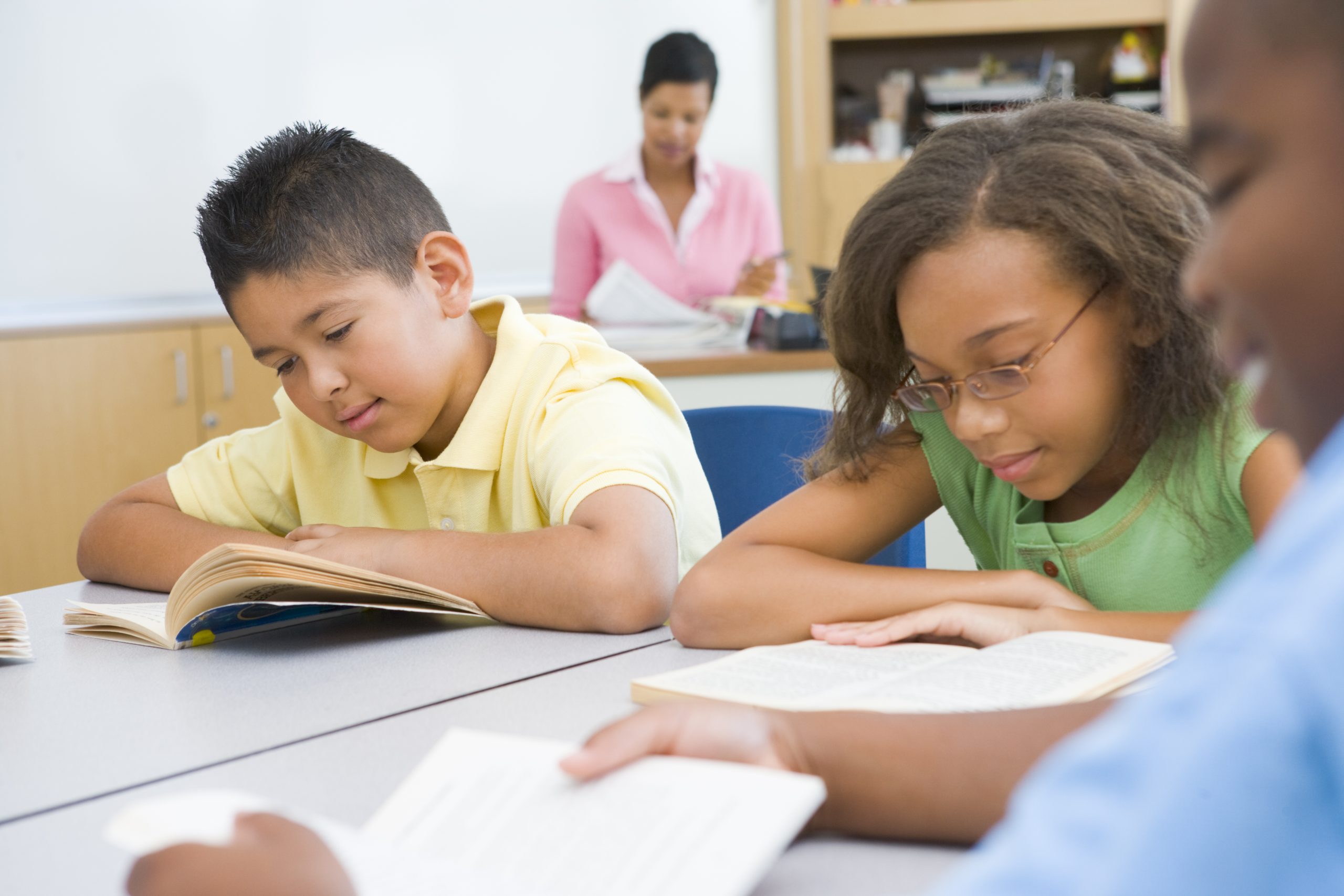
Blog
Children’s books by Australian authors to inspire a love for reading
Check out this list of children’s books by Australian authors to include at your service. Introducing Australian children to the ….
Read more
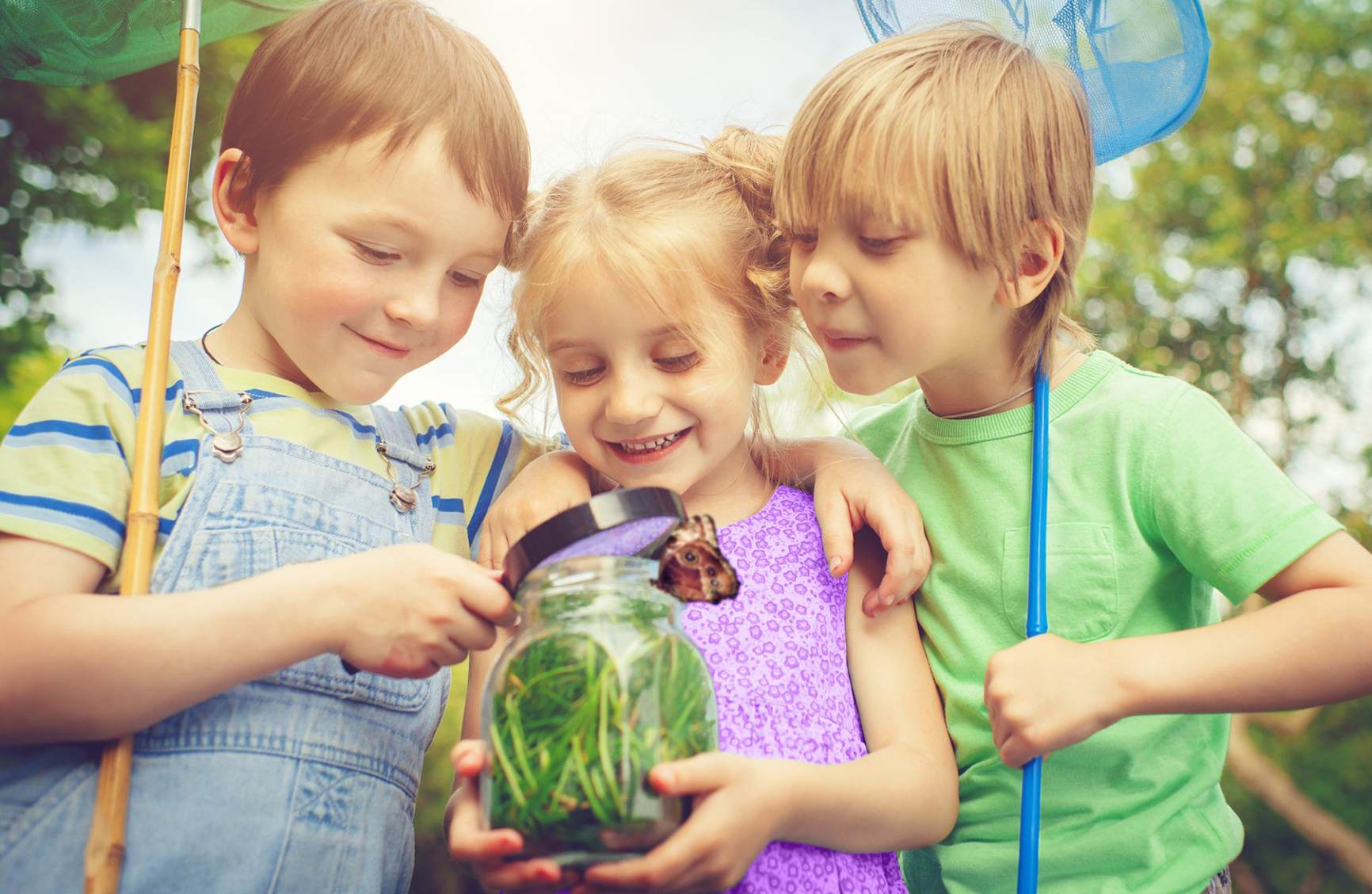
Blog
How outdoor play enhances early years development
During early childhood, young learners grow and develop beyond the four walls of the classroom. Studies suggest that outdoor play ….
Read more
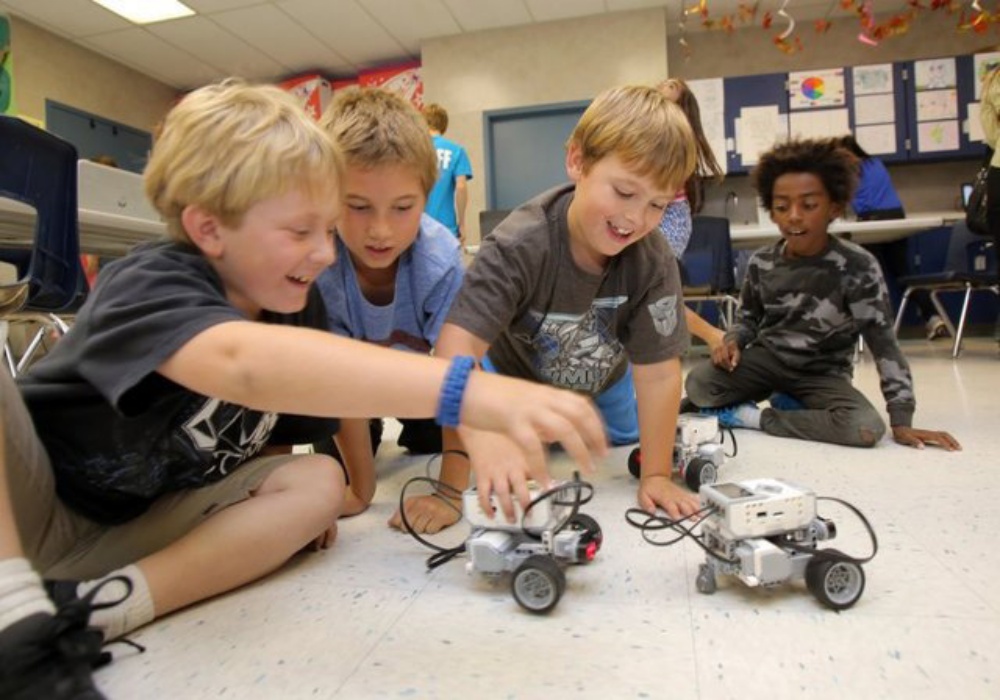
Blog
5 Reasons to Teach Children Robotics
Why teach children robotics? Technology is critical for innovation, yet schools struggle to get students interested in this area. Should ….
Read more

by Dean Comeau (Marketing Team Lead)
-
First published: 20 March 2023
Written by: Dean Comeau
